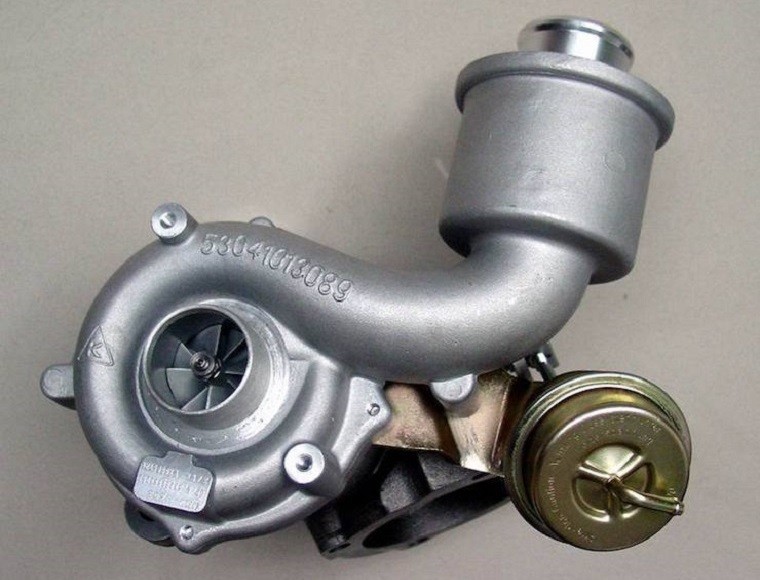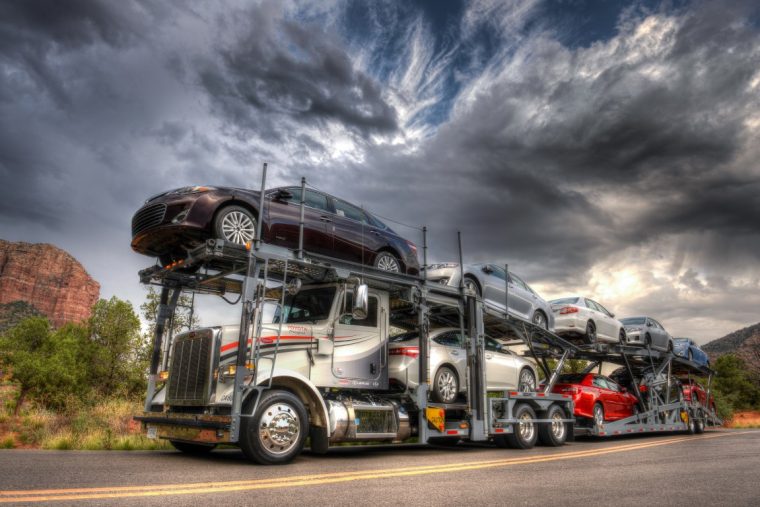When it comes to big debates like the Trump administration’s proposed changes to the U.S. vehicle emissions and fuel efficiency rules, it is best to understand exactly what the argument for the change is. In that spirit, I decided to summarize the reasons that the EPA and NHTSA are suggesting we freeze vehicle fuel efficiency and emissions regulations. This is excluding the arguing over the plan and the Trump plan to strip California of its rulemaking powers. I tried to more or less summarize what the EPA was saying, without discussing it (although we have a lot of that here on The News Wheel if you would like some of that, too).
These summaries are based on the “Summary of Rationale” section of the Notice of Proposed Rulemaking submitted by the EPA. I linked to it at the bottom of the page if you would like to read through it yourself. I warn you, though; it is some dry stuff, and 978 pages long.
[wptab name=’Technology’]

A simple turbocharger design.
Photo: Flickr/Frank Derks
Technology
The proposal says that there isn’t a single technology that is providing fuel efficiency gains across the car industry. Instead, it says that a wide variety of technologies would probably be used, which it says would likely cost more than a single solution. The proposal specifically mentions the method of vehicle “lightweighting,” but says that this approach would increase on-road fatalities, concluding, “As it turns out, there is no such thing as a free lunch.” After that, it cites “Principles of Macroeconomics” by Gregory N Mankiw, but without buying the textbook and sifting through, I’m not sure if they are using it to support the greater on-road fatalities idea or “no free lunch” platitude. If the latter, that seems a chuckle-worthy bit of governmental snark.
In addition, the proposal mentions that there is technology like lightweighting, reducing engine size, and turbocharging. It says that automakers could use these to reduce fuel consumption but would more likely use to increase power and features, things that the proposal says are “what consumers want, and more so than exclusively fuel economy improvements.”
These, the proposal says, make the cost to comply with fuel economy rules higher than originally assumed.
 [/wptab]
[/wptab]
[wptab name=’Fuel economy returns’]

Fuel economy returns
Next, the proposal says that the more you increase fuel economy, the less fuel you save per increase. Basically, you save a lot more fuel going from 1 mpg to 2 mpg than you save going from 40 mpg to 41 mpg. The proposal combines this point with projections from the U.S. Energy Information Administration (part of the Department of Energy) that said that fuel costs aren’t expected to rise much in the near future.

 [/wptab]
[/wptab]
[wptab name=’Buyer preference’]

Buyer preference
At this point, the proposal says that the number of consumers that care about high fuel economy and low CO2 emissions is a small percentage of the total, because the car market in general has greatly swung toward crossovers and larger vehicles, despite more and more information and electric cars being available. It says this is due to continuing low gas prices.

 [/wptab]
[/wptab]
[wptab name=’Buying new vehicles’]

Buying new vehicles
For all of these reasons, the proposal concludes that more efficiency technology is driving up vehicle prices, and so people are holding on to their old cars longer. It points out that over the past few years, cars have gotten much more efficient, but also much more expensive. So, the proposal says, increasing fuel economy more would make vehicles cost even more, making people unwilling to buy them.

 [/wptab]
[/wptab]
[wptab name=’Conclusion’]

Conclusion
Really, the benefits of the proposal hinge on the idea that freezing fuel economy standards at 2020 levels will make people turn over their older, less safe, less efficient vehicles for newer, safer, more efficient ones. The proposal seems to think this turnover will be a large number of new car consumers compared to sales under the other rules, because it acknowledges that this plan would lead to an extra estimated half a million barrels of oil burned daily, compared to the Obama-era rules. It also argues that a higher vehicle turnover would make the roads safer as people replace older cars.
Whether or not that turnover rate increase is enough to offset the effects of more vehicle emissions in the air or other effects seems to be at the center of the debate.

 [/wptab]
[/wptab]
[end_wptabset]
News Source: EPA and Department of Transportation, EPA

The News Wheel is a digital auto magazine providing readers with a fresh perspective on the latest car news. We’re located in the heart of America (Dayton, Ohio) and our goal is to deliver an entertaining and informative perspective on what’s trending in the automotive world. See more articles from The News Wheel.



